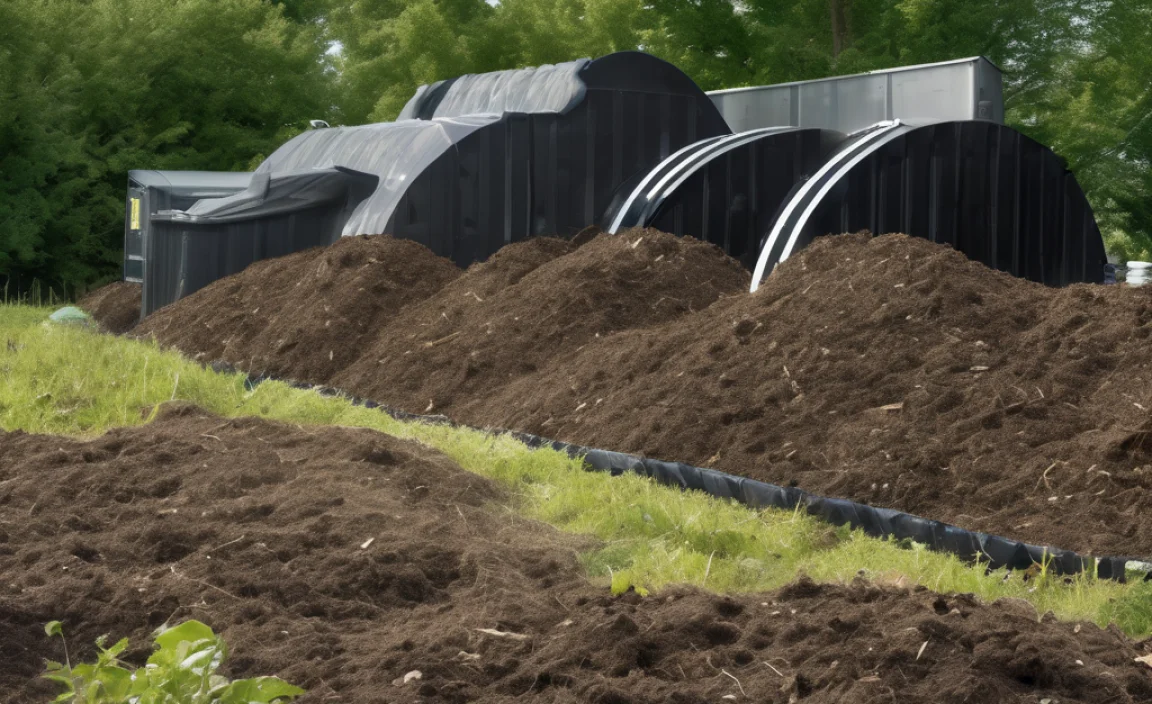Quick Summary: Yes, a bidet can effectively replace toilet paper for most people! Bidets use a stream of water to clean you after using the toilet, leaving you feeling cleaner and fresher than toilet paper alone. While you might still want a small amount of toilet paper for drying, you’ll significantly reduce your paper consumption and help the environment.
Ever feel like toilet paper just isn’t doing the job? It can be rough, irritating, and let’s be honest, not always the most effective. Many of us have wondered if there’s a better way. Well, there is! Bidets are becoming increasingly popular as a hygienic and eco-friendly alternative to traditional toilet paper. They offer a refreshing clean and can even save you money in the long run. Ready to ditch the paper and upgrade your bathroom routine? Let’s explore how bidets can replace toilet paper and transform your bathroom experience!
What is a Bidet and How Does It Work?
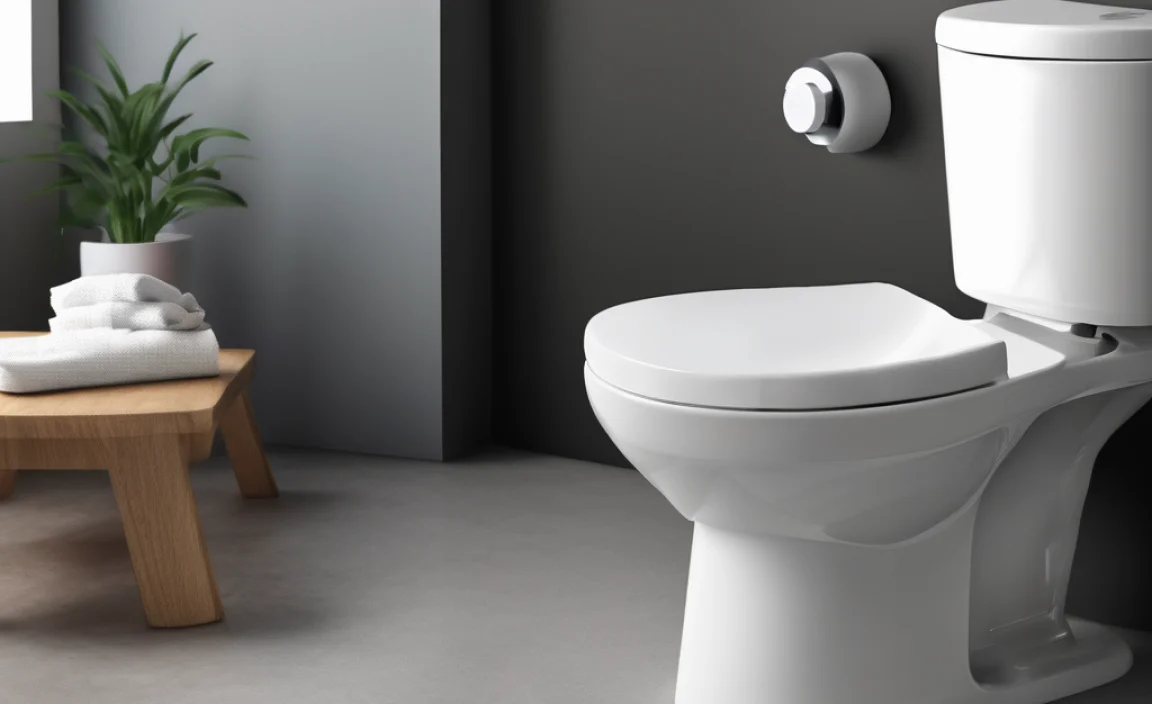
A bidet is a bathroom fixture designed to clean you after using the toilet. Instead of using toilet paper, a bidet uses a stream of water to wash your nether regions. There are several types of bidets available, each with its own features and installation process. Understanding the basics will help you choose the right one for your needs.
Types of Bidets:
- Bidet Toilet Seats: These replace your existing toilet seat and attach to your toilet’s water supply. They often include features like adjustable water pressure, temperature settings, and even warm air dryers.
- Bidet Attachments: These are simpler and more affordable devices that attach to your existing toilet. They typically offer a cold-water spray and adjustable nozzles.
- Standalone Bidets: These are separate fixtures, common in some parts of the world, that you use *after* using the toilet. You’ll need extra bathroom space and plumbing for these.
- Handheld Bidets (Bidet Sprayers): These are handheld nozzles connected to your toilet’s water supply with a hose. They offer a targeted spray and are easy to install.
How Bidets Work:
Regardless of the type, all bidets work on the same basic principle: using a stream of water to clean you. Here’s a general idea:
- After using the toilet, position yourself comfortably.
- Activate the bidet. For toilet seat models, this is often done with a side panel or remote control. For attachments and sprayers, you’ll use a lever or button.
- Adjust the water pressure and temperature (if available) to your preference.
- The bidet will spray a stream of water to clean you.
- Pat dry with a small amount of toilet paper or use the bidet’s air dryer (if equipped).
Benefits of Using a Bidet
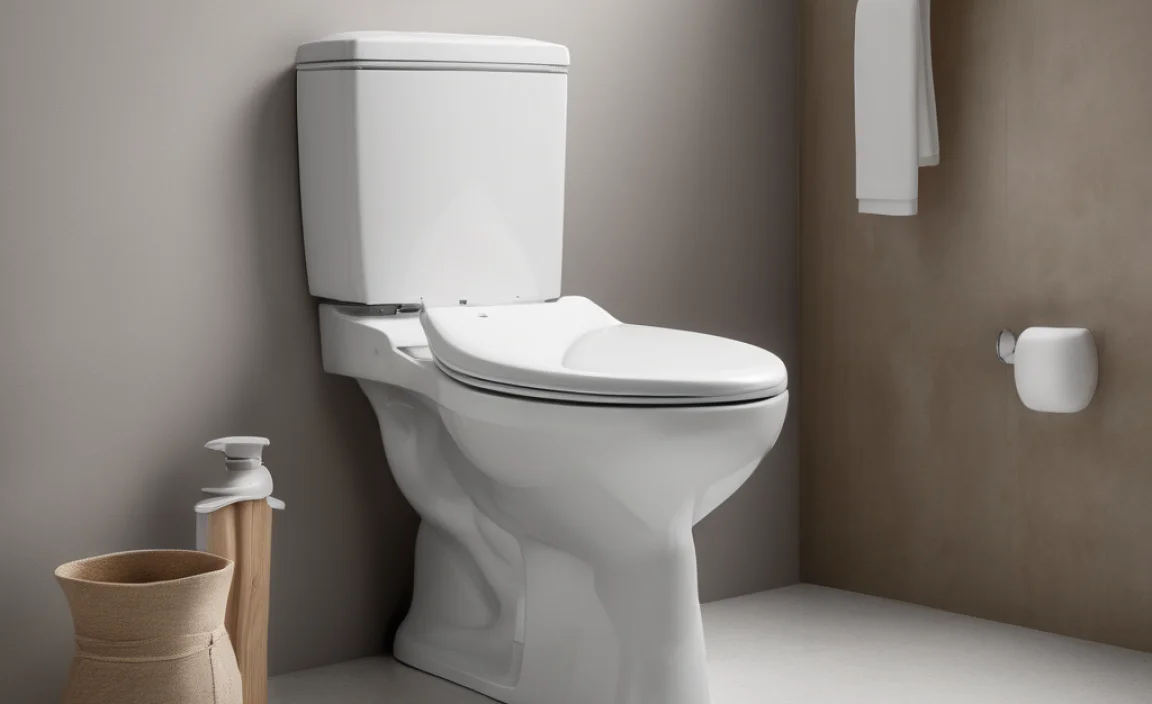
Switching to a bidet offers numerous advantages over traditional toilet paper. From improved hygiene to environmental benefits, here’s why you should consider making the switch.
Hygiene and Cleanliness
Bidets offer a superior level of cleanliness compared to toilet paper. Water effectively removes bacteria and fecal matter, leaving you feeling cleaner and fresher. This can be especially beneficial for people with sensitive skin, hemorrhoids, or other conditions.
Environmental Impact
Toilet paper production requires vast amounts of trees, water, and energy. By reducing or eliminating your toilet paper usage, you can significantly lower your environmental footprint. Bidets also eliminate the need for disposable wipes, which can clog sewer systems and harm aquatic life. According to the National Resources Defense Council, toilet paper production contributes to deforestation and habitat loss. NRDC Website
Cost Savings
While the initial investment in a bidet may seem daunting, it can save you money in the long run. You’ll buy significantly less toilet paper, reducing your monthly expenses. Over time, the savings can add up to hundreds or even thousands of dollars.
Comfort and Health
Bidets can be especially beneficial for people with certain health conditions. They can provide relief from irritation caused by hemorrhoids, anal fissures, and other conditions. The gentle stream of water can also promote healing and improve overall comfort.
Accessibility and Independence
For individuals with mobility issues, bidets can provide greater independence and ease of use. They eliminate the need to reach and wipe, making toileting easier and more dignified.
Choosing the Right Bidet for Your Needs
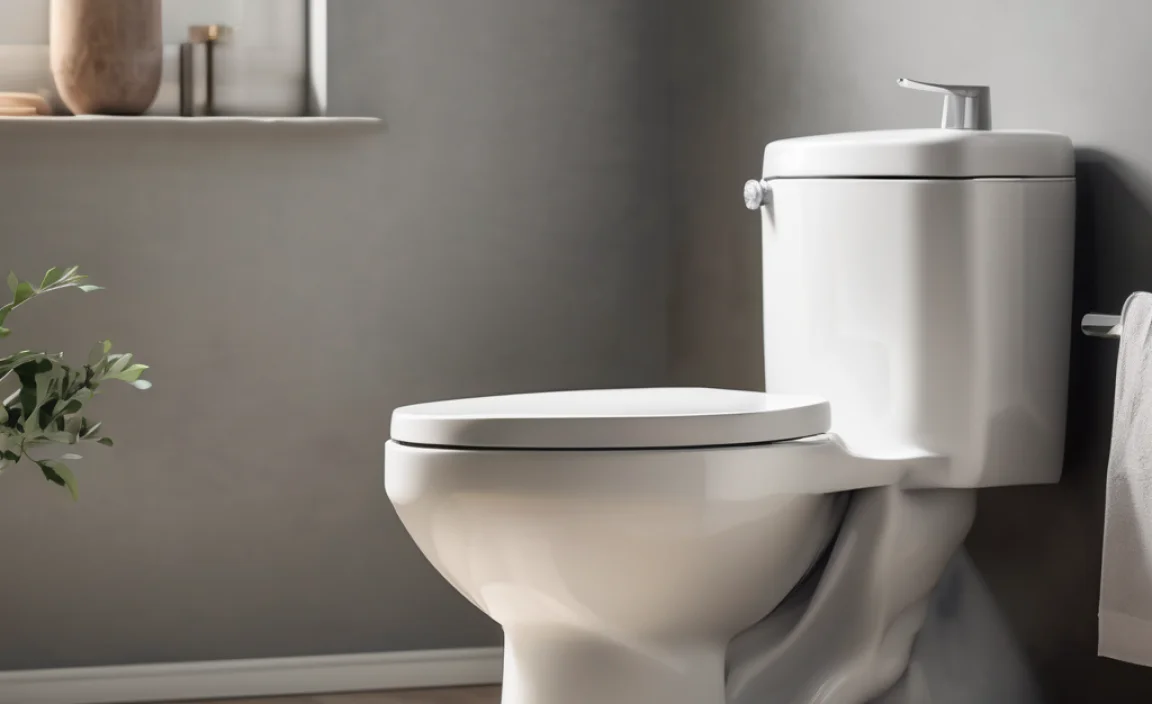
With so many different types of bidets on the market, it’s important to choose one that meets your specific needs and preferences. Consider these factors when making your decision.
Budget
Bidets range in price from around $30 for a basic attachment to several hundred dollars for a high-end toilet seat model. Determine your budget beforehand to narrow down your options.
Features
Consider which features are most important to you. Do you want adjustable water pressure and temperature? A warm air dryer? A heated seat? The more features, the higher the price.
Installation
Some bidets are easier to install than others. Bidet attachments are typically the easiest to install, while toilet seat models may require some plumbing knowledge. If you’re not comfortable with DIY projects, consider hiring a plumber.
Toilet Compatibility
Make sure the bidet you choose is compatible with your toilet. Some bidets are designed for specific toilet shapes or sizes. Check the product specifications before purchasing.
Space Constraints
If you have a small bathroom, a bidet attachment or handheld sprayer may be the best option. Standalone bidets require significant space and may not be suitable for smaller bathrooms.
| Bidet Type | Pros | Cons | Price Range |
|---|---|---|---|
| Bidet Toilet Seat | Advanced features, comfortable, hygienic | More expensive, requires electrical outlet | $200 – $800+ |
| Bidet Attachment | Affordable, easy to install | Basic features, cold water only (usually) | $30 – $100 |
| Standalone Bidet | Traditional style, thorough cleaning | Requires significant space and plumbing | $300 – $1000+ |
| Handheld Bidet (Sprayer) | Affordable, easy to install, targeted cleaning | Can be messy, requires manual dexterity | $20 – $60 |
Step-by-Step Guide to Installing a Bidet Attachment
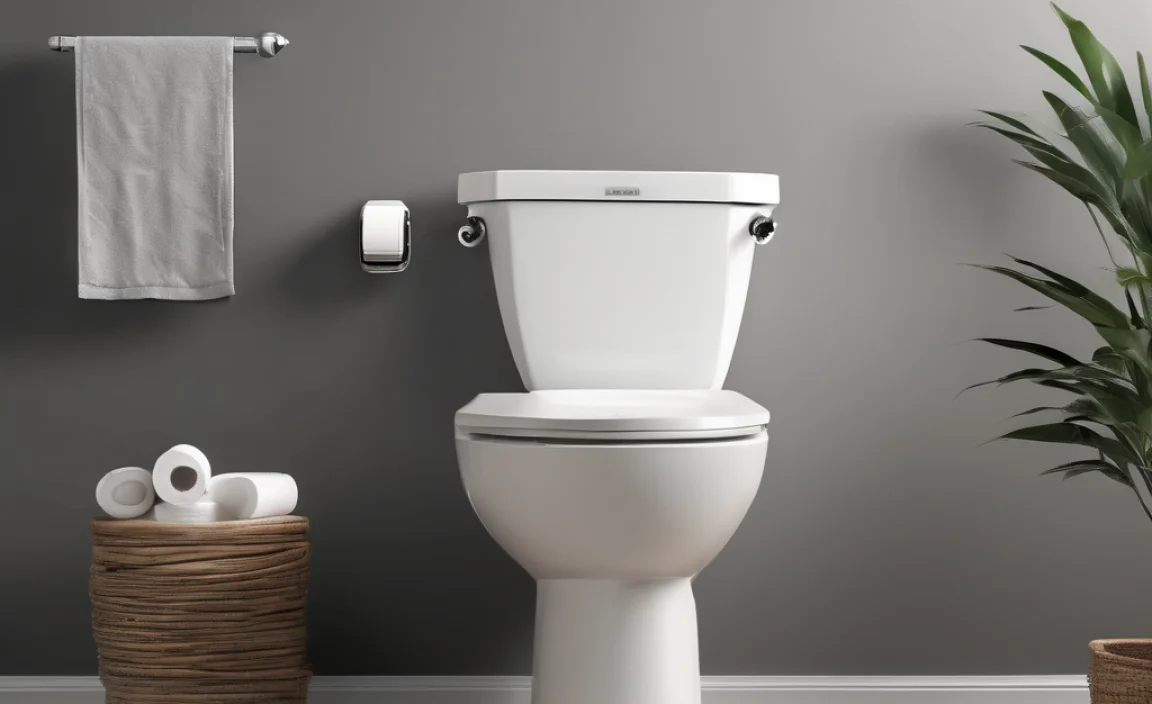
Installing a bidet attachment is a relatively simple DIY project that most homeowners can tackle. Here’s a step-by-step guide:
Tools You’ll Need:
- Adjustable wrench
- Screwdriver (usually Phillips head)
- Towel or bucket
- Plumber’s tape (optional)
Step 1: Turn Off the Water Supply
Locate the toilet shut-off valve, usually behind the toilet near the floor. Turn the valve clockwise to shut off the water supply.
Step 2: Flush the Toilet
Flush the toilet to drain the tank completely. This will prevent water from spilling during the installation process.
Step 3: Disconnect the Water Supply Line
Use an adjustable wrench to disconnect the water supply line from the bottom of the toilet tank. Have a towel or bucket handy to catch any remaining water.
Step 4: Install the T-Adapter
Attach the T-adapter to the bottom of the toilet tank where you disconnected the water supply line. Make sure it’s securely tightened.
Step 5: Connect the Water Supply Line to the T-Adapter
Connect the water supply line to the bottom of the T-adapter. Tighten it securely with the adjustable wrench.
Step 6: Attach the Bidet to the Toilet
Remove the toilet seat. Place the bidet attachment on top of the toilet bowl, aligning the mounting holes with the toilet seat holes. Reinstall the toilet seat, securing it with the original bolts.
Step 7: Connect the Bidet Hose
Connect the bidet hose to the T-adapter and the bidet attachment. Tighten the connections securely.
Step 8: Turn On the Water Supply
Slowly turn the toilet shut-off valve counterclockwise to turn on the water supply. Check for any leaks at the connections. If you see any leaks, tighten the connections further.
Step 9: Test the Bidet
Test the bidet to make sure it’s working properly. Adjust the water pressure and nozzle position to your preference. Congratulations, you’ve installed your bidet!
Tips for Using a Bidet Effectively
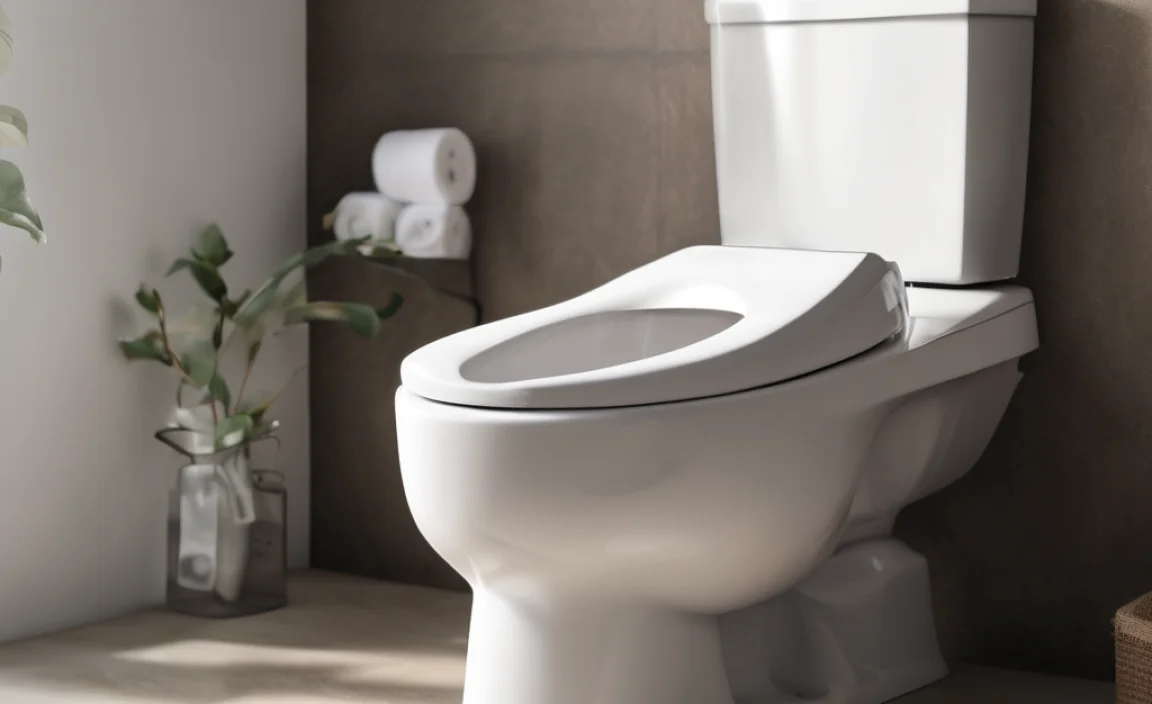
To get the most out of your bidet, follow these tips:
- Start with low water pressure: Gradually increase the pressure until you find a comfortable level.
- Adjust the nozzle position: Most bidets have adjustable nozzles that allow you to target the water stream precisely.
- Pat dry: After using the bidet, pat dry with a small amount of toilet paper or use the bidet’s air dryer (if equipped).
- Clean your bidet regularly: Wipe down the bidet nozzle and seat with a mild disinfectant to keep it clean and hygienic.
- Consider a bidet with warm water: Warm water can be more comfortable and soothing than cold water, especially in colder climates.
Addressing Common Concerns About Bidets
Some people may have reservations about using a bidet. Let’s address some common concerns.
Is it sanitary?
Yes, bidets are very sanitary. In fact, they’re more sanitary than using toilet paper, which can spread bacteria and leave residue behind. The water stream effectively removes bacteria and fecal matter, leaving you feeling cleaner and fresher.
Is it difficult to use?
No, bidets are very easy to use. Most models have simple controls for adjusting the water pressure and nozzle position. With a little practice, you’ll become a bidet pro in no time.
Is it messy?
While there may be a slight learning curve, bidets are generally not messy. The water stream is directed precisely where it’s needed, and most models have adjustable nozzles to prevent splashing. Some models also have air dryers to help you dry off quickly and easily.
Will it increase my water bill?
Bidets use a relatively small amount of water per use. The increase in your water bill will likely be negligible, especially compared to the cost savings from reduced toilet paper consumption. According to the EPA, newer toilets use as little as 1.28 gallons per flush. A bidet uses only a fraction of this amount per cleaning. EPA Website
Is it worth the investment?
For most people, the benefits of using a bidet far outweigh the initial investment. Bidets offer improved hygiene, environmental benefits, cost savings, and increased comfort. If you’re looking for a better way to clean yourself after using the toilet, a bidet is definitely worth considering.
FAQ About Bidets
Here are some frequently asked questions about bidets:
Can a bidet completely replace toilet paper?
For most people, yes! While you might want a small amount of toilet paper for drying, you’ll significantly reduce your paper consumption.
Are bidets hygienic?
Absolutely! Bidets are more hygienic than toilet paper because they use water to effectively remove bacteria and waste.
Is it hard to install a bidet?
Not at all! Bidet attachments are easy to install with basic tools, and many toilet seat models are also DIY-friendly.
Do bidets use warm water?
Some bidets do! Higher-end models often have temperature controls for a more comfortable experience. Basic attachments usually use cold water.
Will a bidet increase my water bill?
The increase is minimal. Bidets use a small amount of water per use, and the savings on toilet paper usually offset any extra cost.
Are bidets only for people with health issues?
No way! Anyone can enjoy the cleanliness and comfort of a bidet. They’re great for everyone, regardless of health status.
What if I have a septic system?
Bidets are generally safe for septic systems. The amount of water used is minimal and shouldn’t cause any issues.
Conclusion
So, does a bidet replace toilet paper? Absolutely! Bidets offer a superior cleaning experience, reduce environmental impact, and can even save you money. With various types and features available, there’s a bidet to suit every need and budget. Whether you opt for a simple attachment or a high-end toilet seat model, switching to a bidet can transform your bathroom routine and leave you feeling cleaner and fresher than ever before. So, ditch the paper and embrace the bidet revolution – your bum (and the planet) will thank you!

